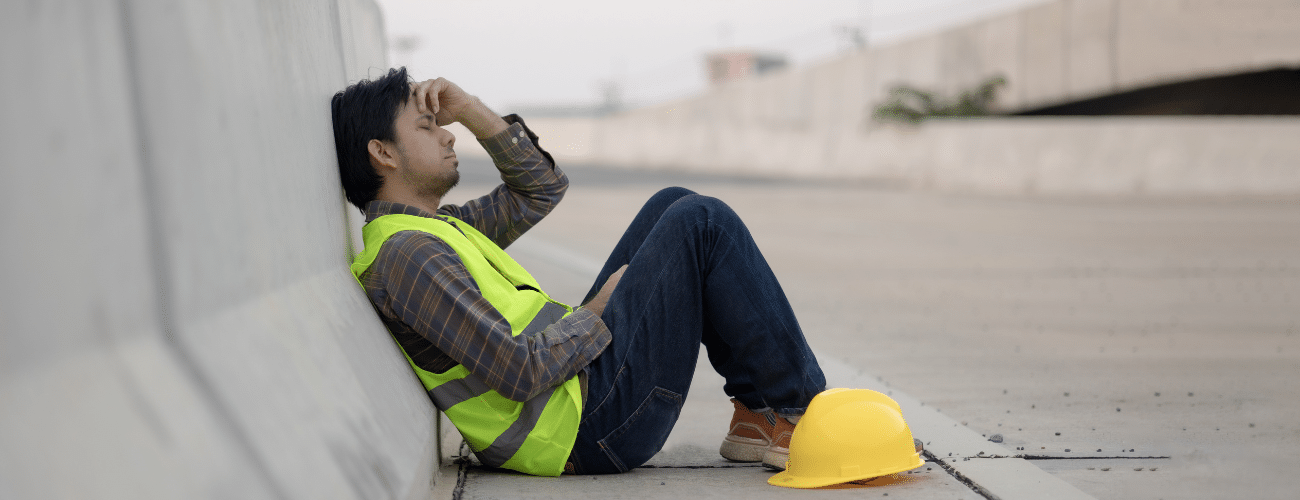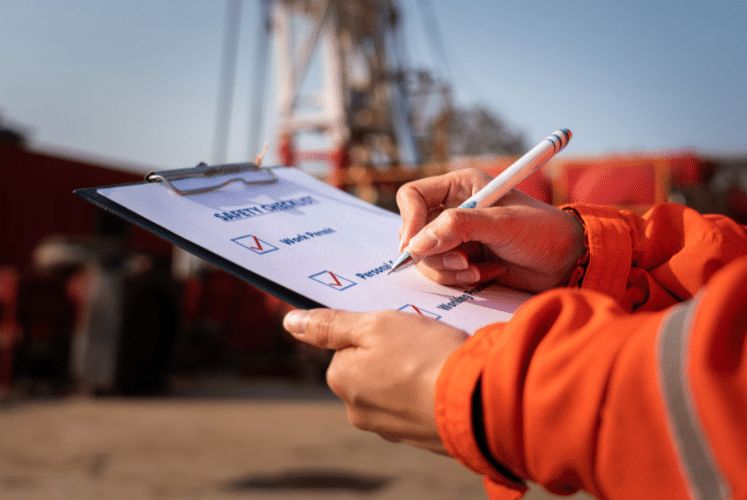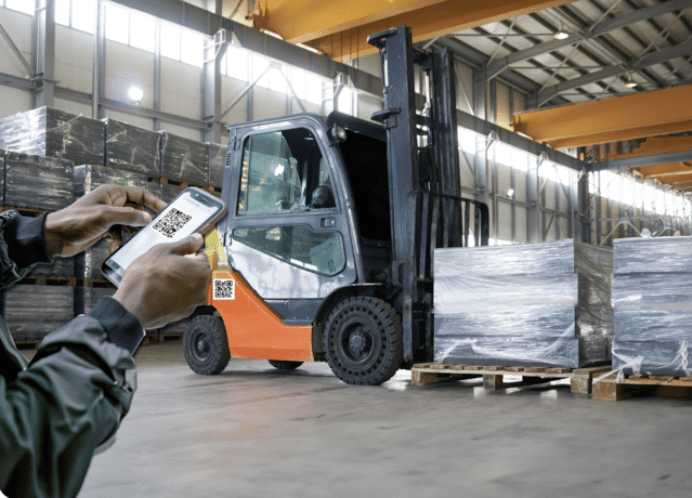September 16, 2024 6 min read

Substance Abuse in Construction: How to Support Your Crews
Industry:
Solution:

There are many hazards in construction that make it one of the highest risk industries. We often think about the OSHA Fatal Four and other physical hazards. But there is another risk, one that can be harder to spot: substance abuse. Substance abuse in construction is a growing crisis that must be addressed to help keep your employees safe. Keep reading to learn more about this concern and how you can help.
If you or someone you know is struggling with addiction or thoughts of suicide, please consider calling or texting the National Suicide and Crisis Lifeline at 988.
Substance Abuse in the Construction Industry: A Growing Crisis
Safety and human resources leaders in construction are often well-versed in how to address physical hazards on the job site. But mental health isn’t as straightforward. Or as visible.
The sad reality is that construction is one of the top industries for incidence of suicide and substance abuse disorders in the United States.
Roughly 15% of construction workers in the U.S. have a substance abuse disorder compared to 8.6% of the general population. That means construction has substance abuse rates almost double the national average.
And the CDC found that construction workers have the highest mortality rates for drug overdose deaths in the U.S.
These statistics are heartbreaking. But why is this the case in the industry? And how can we prevent it?

Why Substance Abuse is a Top Construction Hazard
There are many factors that can lead to high rates of addiction and substance misuse, making substance abuse in construction a significant safety concern. But it’s important to remember that substance abuse is linked to mental health and wellbeing.
And the truth is that construction is a physically and mentally demanding job. Long days combined with the high rates of injury can mean employees working through pain. And with the highest fatality rates of any industry, there is a huge mental and emotional toll on those who witness a colleague die on the job.
All that leads to a tremendous amount of stress. If an individual doesn’t feel they can show their true feelings, or doesn’t know where to seek help, they may turn to drugs and alcohol to cope.
The other reason for higher rates of substance misuse is that injuries can be common in the construction industry. This can lead to construction workers being put on opioid pain killers to manage their pain and remain able to work. A report by CNA Financial found that opioids account for 20% of the total prescription drug spending in the industry.

How to Support Your Crews
Employers play a critical role in addressing substance abuse in construction and turning this mental health crisis around in the industry. You can help your crews access treatment and maintain their recovery.
Experts recommend creating a Workplace-Supported Recovery Program. The goals of these programs are to:
- Prevent substance use
- Encourage and facilitate treatment
- Support workers through recovery
These programs approach substance misuse as part of promoting total worker health and wellbeing.
Substance Misuse in High-Risk Industries: Strategies for Prevention and Recovery
Join Senior Director of SAFE Workplaces, Cal Beyer, and Vice President of Property & Casualty at USI Insurance, Dorothy Reed, as they share their insights, experiences, and resources to help reduce the impact of substance misuse in the workplace and expand knowledge on recovery.
View Webinar
Prevention Strategies for Substance Abuse in Construction
1. Improve the Working Environment
The first step is to evaluate the working conditions on your job sites. Identify areas where you could improve conditions for your employees, as better working environments can reduce the stressors that contribute to substance abuse in construction. This might include things like:
- Offering more breaks to prevent heat-related illnesses
- Rethinking your schedule to give employees sufficient rest
- Addressing hazards promptly to avoid work-related injuries and illnesses
2. Focus on Your Culture
Next, you need to promote a supportive work culture. A big reason that people struggle with any mental health disorder is a fear of judgment, lack of understanding, and stigma. You can reduce stigma simply by talking more openly about topics like mental health and addiction and by putting resources front and center.
Many employees may fear backlash from reporting, so it’s up to you to prove that you will help those employees seek help and not terminate their roles.
3. Reinforce Your Culture with Policy
This really comes back to developing supportive policies. Employees will feel a lot more comfortable coming forward and getting help if you have policies to back up your culture.
4. Train Supervisors and Employees
Finally, you must provide training. This ensures that employees and supervisors are aware of the resources that exist and what your corporate policies are around substance misuse and recovery support.
Mental Health and Suicide Prevention in Construction: The Next Dimension of Safety
Sonya Bohmann, Executive Director at Construction Industry Alliance for Suicide Prevention, provides strategies to help construction firms develop a company culture that promotes well-being through in this webinar.
Watch the Webinar
How to Create a Workplace that Supports Employee Wellbeing
Don’t let your focus on improving your workplace stop with substance abuse. There are many other risks of poor mental health in the construction industry. Not all employees will turn to substances to cope.
Men working in construction also have a rate of suicide four times higher than the general population.
Read this blog to learn other ways to generally improve mental health for your crews.
Remember: If you or someone you know is struggling with addiction or thoughts of suicide, please consider calling or texting the National Suicide and Crisis Lifeline at 988.








